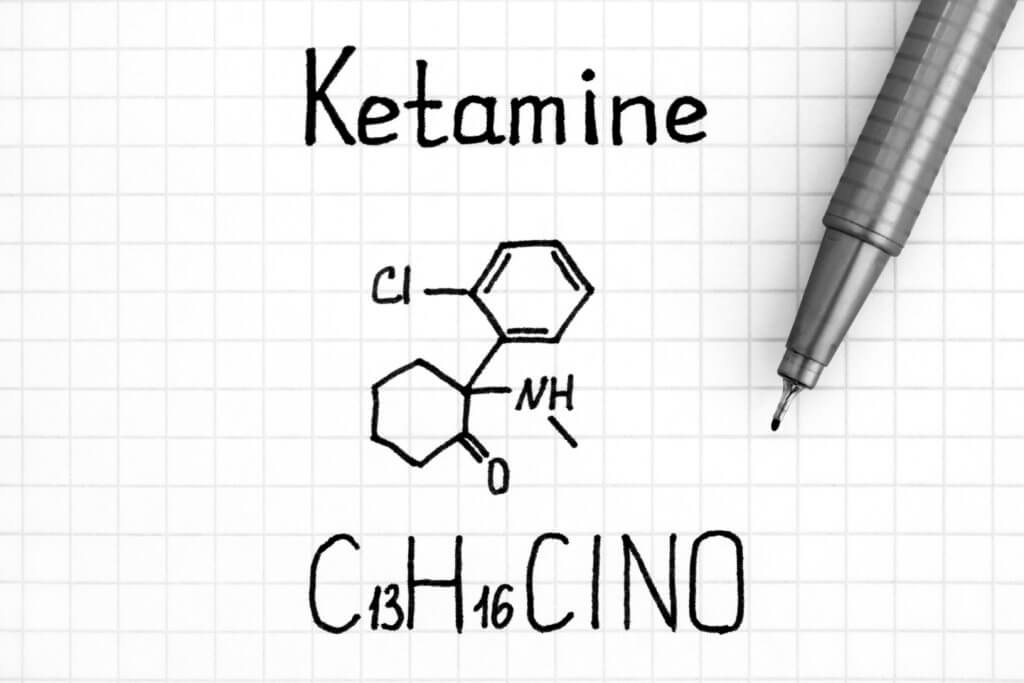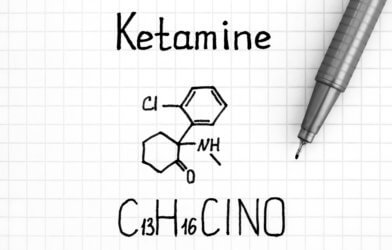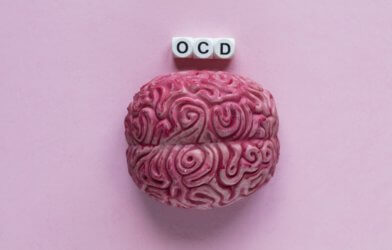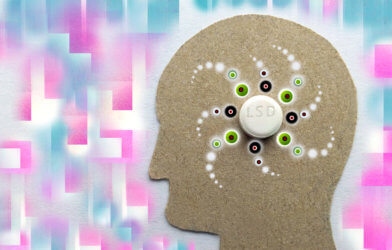Ketamine, well-known as the party drug called “Special K,” has been touted in recent years for its ability to help depression patients when taken in small doses. New research now shows that having patients view images of happy people during their ketamine therapy may provide even stronger and longer-lasting effects.
Scientists at the University of Pittsburgh also say that reading happy words helped prolong ketamine’s antidepressant effects among study participants.
The new therapy developed for those suffering with treatment-resistant depression involved just one ketamine injection. Afterwards, patients took part in an automated computer-based training that uses positive words and imagery to improve how a person sees themselves. Words such as “sweet,” “lovable,” and “worthy” flash on a screen alongside the patient’s photo and pictures of smiling strangers.
Researchers report that depression can be kept at bay for at least a month if the digital techniques are used when ketamine has made the brain its most plastic. It’s an important step to finding long-lasting depression treatments for those who have exhausted all other options.
“Using simple conditioning during the period after ketamine treatment, when the brain is receptive to soaking in new information, allows us to go after key features of depression,” says Dr. Rebecca Price, an associate professor of psychiatry, in a statement. “Training the brain to link perceptions of yourself with positive ideas during this ketamine-primed plasticity window exceeded my expectations. I was surprised and amazed to get such clear findings from an intervention that was so minimal.”
Once alarming study found that nearly one in 10 adults and one in five adolescents in the U.S. suffer from depression. That research was completed even before the pandemic took hold of the country.
Many patients have tried between 10 and 12 types of antidepressants, but this research published in the American Journal of Psychiatry could unveil a new pathway.
However, issues with ketamine therapy remain. Though symptom relief can be felt just two hours after a ketamine infusion, the drug’s effects often wear off after a couple of weeks, meaning patients go back for more. It’s also not an easily accessible treatment either: In the U.S., ketamine infusions often come with high out-of-pocket costs and long waiting lists.
As a result, Dr. Price and her team are reorienting their goals to improve access to intravenous ketamine treatment and boost its effect by pairing the drug with digital therapies.
“We are interested in creating an automated intervention that any computer or device can run, making it as accessible as possible,” she says. “Our goal is to leverage digital technologies and develop a strategy that will efficiently extend time between appointments, save patients money and get more patients effective depression care.”
More than 150 adults with treatment-resistant depression were enrolled in the trial.
After a ketamine infusion, one group completed eight 20-minute training sessions over four days. Another group received a non-therapeutic version of the computer tasks. A third team were dosed with a saline infusion followed by the smiling faces and positive affirmations.
After a month people who got the right drug and the proper training claimed they felt fewer depressive symptoms for longer than those who didn’t receive the ketamine or watch the happy faces and words. This suggests the combination of the two extended the ketamine’s antidepressant impact.
Based on the findings, Pittsburgh’s Innovation Institute filed a provisional patent for the brand new treatment method. Currently, the team are figuring out how they could get the content on an iPad or smartphone and bring patients the same benefits that they receive on a computer in a clinic.
Research into how similar techniques could ease suicidality is also incoming, and they hope future research will move into anxiety, eating disorders and more.
“This automated intervention is so simple that it could be repurposed to address a variety of mental health conditions and easily tweaked to match the needs of an individual patient,” says Price. “If playing little digital games is what it takes to maintain a response and reliably get one month of depression relief, that’s already an improvement over the status quo.”
She was the first to reveal intravenous ketamine can alleviate suicidal thoughts, after researching ways to relieve mood and anxiety disorders.
South West News Service writer Pol Allingham contributed to this report.













I’m getting ready to take ketamine. Delivery of the first doses arrives today. I’m hoping for the re boot effect. It would be wonderful at 68 years of age to get back to a calmer, more playful mindset. With high (haha) hopes I wish you a merry Christmas!